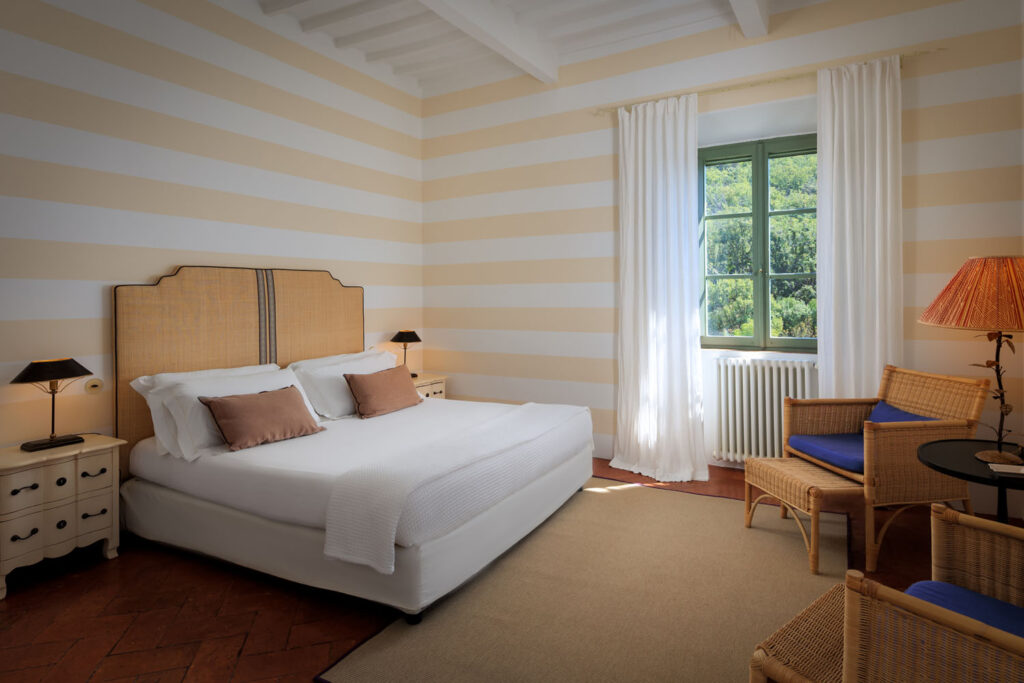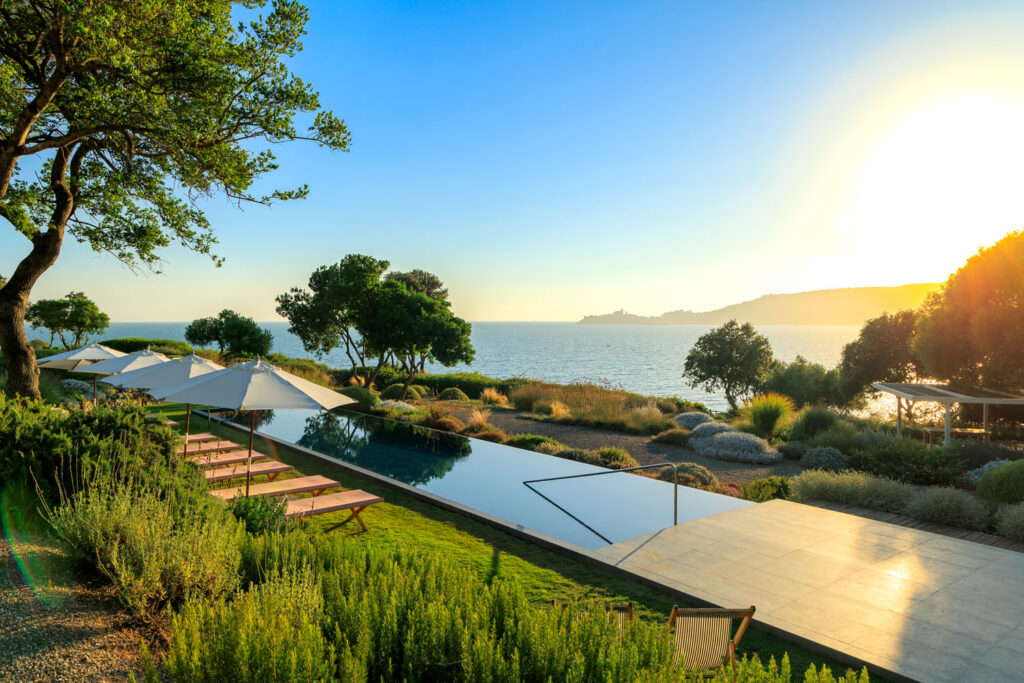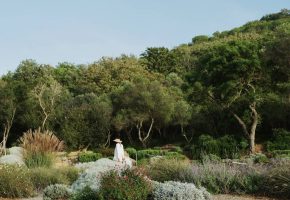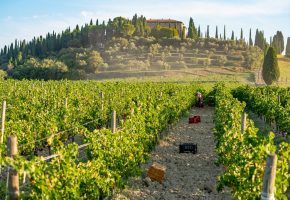Montalcino
DON’T MISS
The Sienese fortress. Built in 1361 by Mino Foresi and Domenico di Feo to incorporate part of the 13th-century fortifications, it was the last bastion of Sienese freedom. From the bastions, you can enjoy a splendid view of the surrounding countryside and the Val d’Orcia. Inside is a famous wine shop.
Piazza del Popolo. A characteristic little square surrounded by interesting medieval buildings: the Palazzo Comunale, also known as Palazzo dei Priori (13th-14th century), decorated with numerous coats of arms and a very high medieval tower, and the Loggia (14th-15th century) with two gothic arches in stone and four round arches in brick.
Church of St. Augustine and the Museum of Sacred Art. A Romanesque-Gothic church with a simple facade decorated with a beautiful marble portal and rose window. Inside are numerous frescoes from the Sienese school of the 1300s. Adjacent are the monastic rooms, arranged around two 16th-century kiosks, home to the Civic and Diocesan Museum of Sacred Art. Among the most important objects on display here are various wooden sculptures from the Middle Ages and a crucifix by Giambologna.
Abbey of Sant’Antimo. Less than 10km from Montalcino, the Abbey of Sant’Antimo is an outstanding example of Romanesque art, in fact it’s one of Italy’s most important examples of medieval monastic art, reflecting Lombard and transalpine models. Founded according to legend, by the Emperor Charlemagne, it certainly dates back to at least 812. The current church dates back to the 12th century and is built in travertine with decorative architectural elements in onyx. On the left side is a small 9th century portal. On the right side is another portal decorated with reliefs of fantastical animals. The interior is spectacular with capitals decorated in the classic Romanesque style.
HISTORY
Even if its territory shows traces of a prehistoric, Etruscan and Roman presence, the hill on which Montalcino stands seems not to have been inhabited before the early Middle Ages. The first mention of its existence is in a document by Ludovico il Pio from 814, in which the emperor donates a large territory to the monastery of Sant’Antimo, which held ownership of the city until the beginning of the 13th century. It briefly became a free commune and was on the side of Siena in the war against Florence between 1174 and 1176, but this did not prevent its ancient alley from conquering it in 1200 and destroying its fortifications and houses. When war broke out between the two important Tuscan cities in 1207, Montalcino was rebuilt again and in 1212, Siena bought the rights to a quarter of the castle from the Abbey of Sant’Antimo. In the following period, the town tried numerous times to escape the control of this most powerful Commune, often supported by Florence and Orvieto, until Siena, allied with some local nobles, succeeded in regaining control again (1251). Montalcino, albeit formally independent, became more and more involved in the political orbit of its powerful neighbour, especially after the victory of the Sienese Ghibellines over the Florentine Guelphs in the battle of Montaperti (1260), and the victory of the Guelphs in Siena in the 1270s. A last vain attempt at independence took place in 1361, when the town tried to take advantage of the moment of confusion following the fall of the Governo dei Nove, an episode that ended with the complete submission of the city and the construction of a Sienese garrison there.
In 1462, Pope Pius II elevated the town to the rank of city and declared it the seat of the Diocese along with Pienza, attributing it all the assets that had belonged to the powerful Abbey of Sant’Antimo. Montalcino thus became one of the most important cities in the Sienese state. When the war of Siena broke out, ending with the annexation of the Sienese Republic to the Florentine state, Montalcino first resisted the siege and the bombardments of the allied Florentine and imperial armies. When Siena surrendered to Cosimo I and Carlo V (1555), many Sienese abandoned their city and, led by Pietro Strozzi and with French support, founded “the Republic of Siena Retired to Montalcino”, transforming the latter into the new capital of the last vestige of the Sienese state not to have fallen into the hands of Florence. After the French retired from the war, signing the peace agreement of Cateau-Cambresis on 31 July 1559, the Republicans were forced to surrender, swearing allegiance to the Duke of Florence. Montalcino thus became part of the Grand Duchy of Tuscany and followed the history of the rest of the region up to modern times. After a long period of stagnation, the local economy exploded in the post-war period thanks to local wine making and fortunes of the famous Brunello di Montalcino, one of the most prestigious wines in Italy.
Montalcino has a population of 2,121 today.
HOW TO GET HERE (80 km)
Take the Aurelia state road towards Grosseto. Take the exit for Siena/Roselle entering the E78 highway (SS223). After about 18 km, exit to Paganico and take the SP64 to Cipressino. After about 15 km, turn left onto the SP52 and continue on the SP14, which leads to Montalcino.





